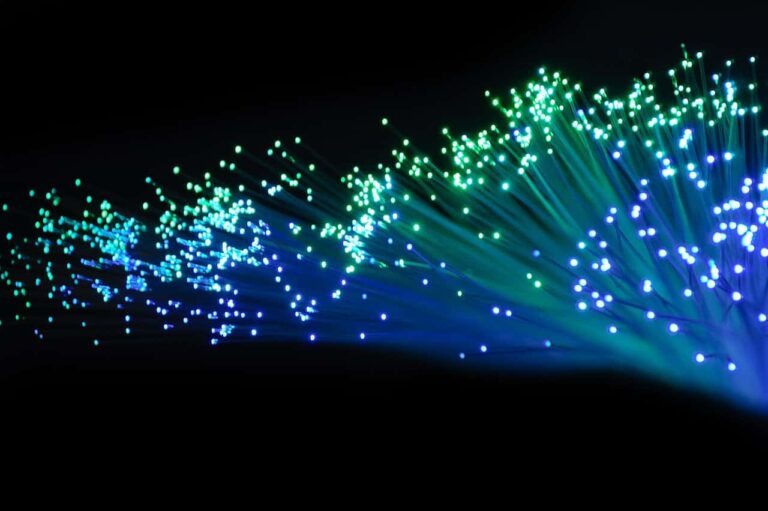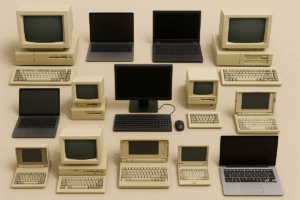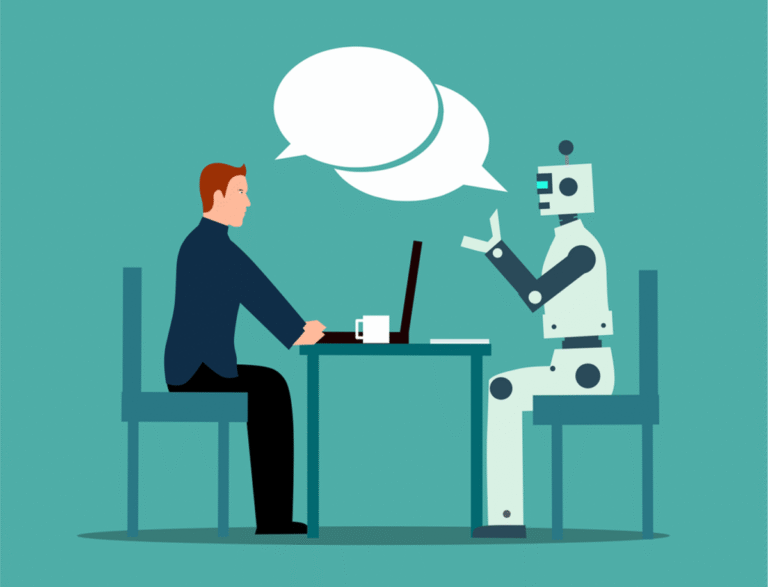We’ve all heard the terms “fiber optics” or “optical fiber”. But what do they really mean? Simply put, optical fiber technology uses light to send information. Imagine thin strands of glass, as fine as a strand of your hair, bundled together. These are your optical fibers. They carry light signals over vast distances, just like how highways carry cars. But instead of cars, these ‘light highways’ transport data.
This data might be a video you’re streaming or a website you’re visiting. So, every time you browse the internet or make a call, you’re often relying on these tiny strands of glass to get the job done quickly and efficiently. In this piece, we’ll dive deeper into this fascinating world and understand how these fibers work their magic.
Table of Contents
History of optical fiber technology
The journey of optical fiber technology began decades ago. Researchers and scientists recognized the potential of transmitting information using light. This led to the development of optical fibers: thin strands specially designed to carry light signals over great distances.
In the beginning, the uses were limited, mainly due to technological constraints. But, with continuous research and innovation, optical fibers evolved. Today, they are integral to modern communication, playing pivotal roles in our daily lives, from providing high-speed internet to enabling international phone calls.
The basic principles of optical fiber technology
At the heart of optical fiber’s functionality is the transmission of light. Light travels through these fibers based on a principle known as “total internal reflection.” This ensures that light signals stay within the fiber and don’t lose their strength easily. Another key concept is waveguides.
Simply put, waveguides are structures that guide waves, like light, from one point to another. In the case of optical fibers, they make sure the light travels efficiently from its source to its destination. Understanding these principles is crucial to grasping the magic behind this transformative technology.
Types of fiber optic cables
Optical fibers are like the highways for light signals. And just like highways, there are different types for different jobs. Let’s explore the various kinds of fiber optic cables and understand their unique functions.
1. Single mode vs. multimode fiber
- Single mode fiber: Think of this as a straight highway. It has a narrow core, and light signals shoot straight down the middle. They don’t bounce around much. This type is often bundled together and used for things like TV, the internet, and phone services.
- Multimode fiber: Now, imagine a wider road with many lanes. That’s multimode fiber. Here, light can take several paths or “modes” through the core. Because of its structure, it’s best for shorter distances. It’s commonly used to connect computer networks.
Multimode fiber isn’t just one type. There are four main kinds: OM1, OM2, OM3, and OM4. Different organizations, like TIA/EIA and ISO/IEC, have set standards for them. Each type, or “OM,” has specific requirements about how much data it can carry.
2. Plenum cables
Ever worry about safety inside buildings? Plenum cables are designed for that. They’re special fiber optic cables made for places called air plenums inside buildings. If there’s a fire, these cables are less toxic and don’t spread flames easily.
3. Simplex vs. duplex optical fiber
- Simplex fiber: This is like a one-way road. It has just one strand of glass. You’d use simplex when you need a single line of communication, like sending data in one direction.
- Duplex fiber: Think of a two-way street. Duplex fiber has two strands, often used when devices need to both send and receive data.
4. Pre-terminated fiber optic assembly
Sometimes, fiber optic cables come ready with ends that can be easily connected. This is a pre-terminated assembly. It’s like buying a toy that’s already assembled, making things quicker and simpler.
Other applications of optical fiber technology
When it comes to fiber optic cables, there’s more than meets the eye. Manufacturers don’t just stick to one type.
- “Siamese” structures: Picture two cables. They sit side by side, but each has its own protective layer or jacket;
- Hybrid cables: This is where old meets new. These cables mix fiber optic with traditional copper cables;
- Bundled and composite cables: These are the all-in-one types. They can contain fiber optic cables, copper cables, or even power pair cables, all bundled together;
- Patch cables & fiber jumpers: These are the short links. They’re like the small bridges that connect big electronic devices in places like server rooms and data centers.
Read also: Internet access around the world: the state of the art
Uses of optical fiber in daily life
Now, you might wonder, “Where do I see these fiber optic cables?” The truth is, they’re everywhere but often hidden.
Have you noticed shiny decorative lights? Those are basic plastic fibers. But the real deal, the glass fiber optic cables, plays a massive role in our world. They’re underground, inside building walls, and even in tunnels.
Here’s how they touch our lives:
- Computer networking: Have you ever wondered how you connect so swiftly to the internet? That’s fiber optics at work;
- Broadcasting: The shows and news you watch? They reach you via these cables;
- Medical scanning: Doctors use them to get clear images inside our body;
- Military equipment: They ensure secure communication on the field.
In the past years, the reach of fiber optic cables has grown. They now form the backbone of big and small networks in cities and towns. These cables began by connecting big cities, but now, they’re reaching our doorsteps, powering our homes and offices. This growth is what people call the “FTTX” trend. Whether it’s Fiber to the Home (FTTH) or Fiber to the Building (FTTB), these cables are changing how we live and connect.
Read also: What is Starlink? All you need to know about Elon Musk’s satellite company












